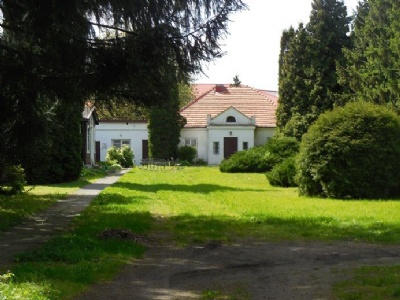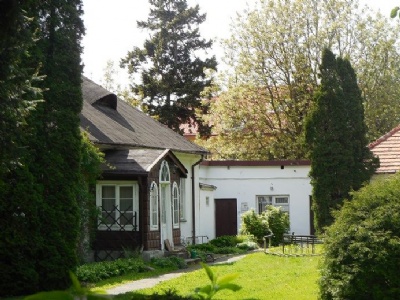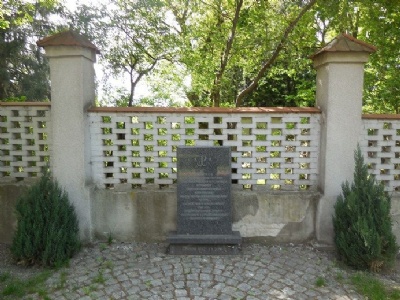Dworek Reichenów
When the Warsaw uprising began on August 1, 1944, the Polish Home Army reaped initial successes against the German occupying power. But the success depended on whether the Soviet Red army, which was on the east side of the river Wisla, came to the rescue or not. When it didn’t, the fate of the Home Army was sealed and slowly the better-equipped German units fought down the inferior-equipped poles. At the end of September negotiations began on a capitulation between the commander of the Home army, General Tadeusz Bor-Komorowski, and the German commander, SS-Obergruppenführer Erich von dem Bach-Zelewski. Bach-Zelewski had established its headquarters in a mansion house (Dworek Reichenow) in Ozarow Mazowiecki west of Warsaw. Here the capitulation was signed October 3, 1944. In the capitulation, the soldiers of the Home army were given status of prisoners of war and were thus treated in accordance with the Geneva convention. The soldiers were therefore sent to prisoner-of-war camps, but some soldiers distrusted the German promises and rather hid among the civilian population than German captivity. Warsaw’s approximately 700,000 inhabitants were sent to camps westward. However, about 1,000 people managed to hide among Warsaw’s ruins until the Red Army entered the city in mid-January 1945.
Current status: Preserved with monument (2015).
Address: Józefa Poniatowskiego 1, 05-850 Ozarów Mazowiecki.
Get there: Car.
Follow up in books: Davies, Norman: Rising ’44: The Battle for Warsaw (2004).




The mansion remains on private land and was uninhabited in May 2015. It is surrounded by a wall with a locked gate but it is still possible to get a good review of the mansion from outside. It is of course tempting to climb over the wall in order to get closer to history, but sometimes you have to respect and accept that history can only be viewed from a distance.